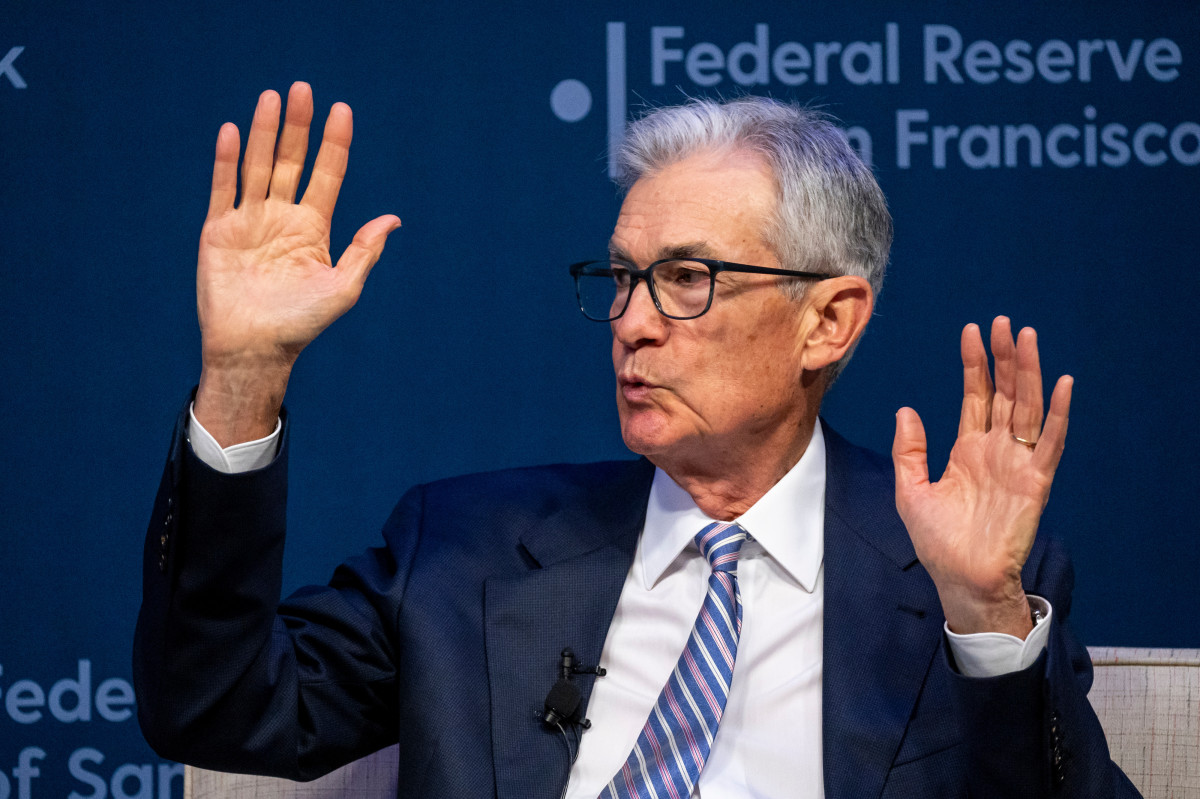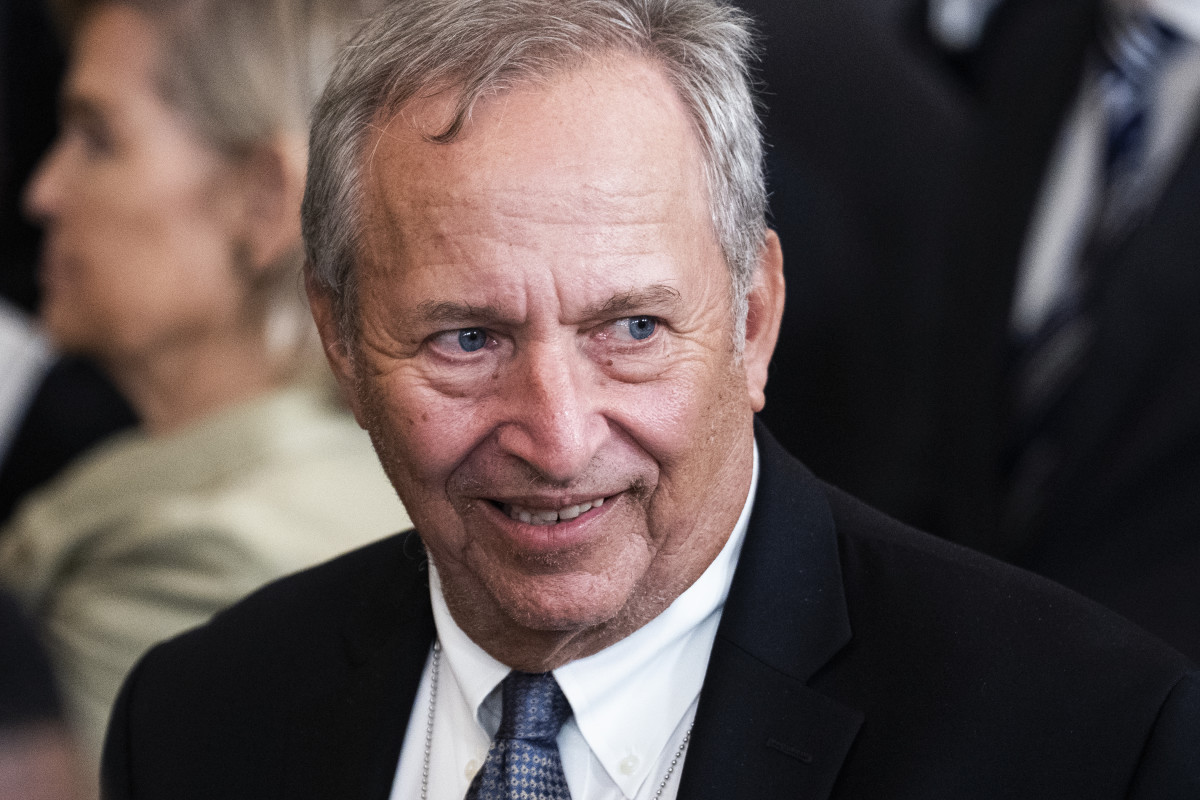
With the economy showing signs of weakness in recent weeks, investors are growing more convinced that the Federal Reserve will cut interest rates this year.
Those signs include:
- scant annualized GDP growth of 1.6% in the first quarter,
- a 0.1% inflation-adjusted decline in personal consumption expenditures (PCE) during April from March, and
- a decline in job openings during April to their lowest level since February 2021.
Related: ECB's expected rate cut may force Fed's hand
Interest-rate futures now point to a 69% probability of at least one Fed rate decrease by September, according to the CME FedWatch Tool.

“Higher for longer wears thin if the labor market gets much weaker,” said Jamie Cox, managing partner for Harris Financial Group in Richmond. Higher for longer refers to the Fed’s stance on interest rates.
A Fed rate cut isn’t guaranteed
The Fed’s favored inflation indicator, the PCE price index, showed 2.7% year-on-year inflation in April, well above the central bank’s 2% target. So, a rate cut isn’t a slam dunk.
“The Fed’s challenge will be to maintain rates at a level that not only helps keep inflation in check but also prevents a significant weakening in the labor market going forward,” said Rubeela Farooqi, chief U.S. economist at High Frequency Economics, according to Reuters.
Related: Goldman Sachs shifts interest-rate outlook ahead of key inflation report
Still, bonds have rallied amid the signs of slowing economic growth and expectations of a Fed rate cut. The 10-year Treasury yield has dropped to 4.3% from 4.62% just one week ago (May 29).
“The next move that the Fed is going to make is ultimately going to be one that protects the strength of the labor market, rather than one that in which they need to be fighting inflation,” Kelsey Berro, fixed-income portfolio manager at JPMorgan Asset Management, told Bloomberg.
“We do think that inflation generally is under control.”
Larry Summers’ view on rates
However, not everyone sees bond yields continuing their recent decline. Harvard economist Larry Summers has been saying for weeks that rates will remain elevated for years.
The former Treasury secretary reiterated that view in a webinar on June 4. “Markets should be getting used to rates in current ranges for the foreseeable future and probably long rates above current levels,” Summers said, according to Bloomberg.
Related: Billionaire fund manager Griffin predicts Fed rate cuts in 2024
He maintains that the neutral federal funds rate is actually 4.5%, well above the 2.6% median estimate of Fed officials.
The Fed-controlled federal funds rate applies to overnight interbank loans. The neutral fed funds rate is one that helps sustain buoyant economic growth without driving inflation above the central bank’s target.
“We need to adjust ourselves to a 4.5 % neutral rate as a reasonable best guess,” Summers said. “That probably means less Fed cutting than is now anticipated.” Interest rate futures show a 66% chance of two or more Fed rate decreases by year-end.
Moves in interest rates have a mixed impact on your finances.
Higher rates mean more income from your savings accounts and money-market funds. But they also mean higher payments for your home, auto, credit card, student, and bank loans.
More Economic Analysis:
- Bonds are freaking out about inflation
- Key bond market signal sounds inflation alarm
- Fed rate cuts face big reset on renewed inflation risks
Falling interests have the opposite effects.
After peaking at double-digit levels in 1981, rates fell, dropping under 1.3% early during the Covid pandemic in 2020. Rates rebounded after the Fed began raising them in March 2022. Its last boost came in July 2023.
Related: Veteran fund manager picks favorite stocks for 2024







